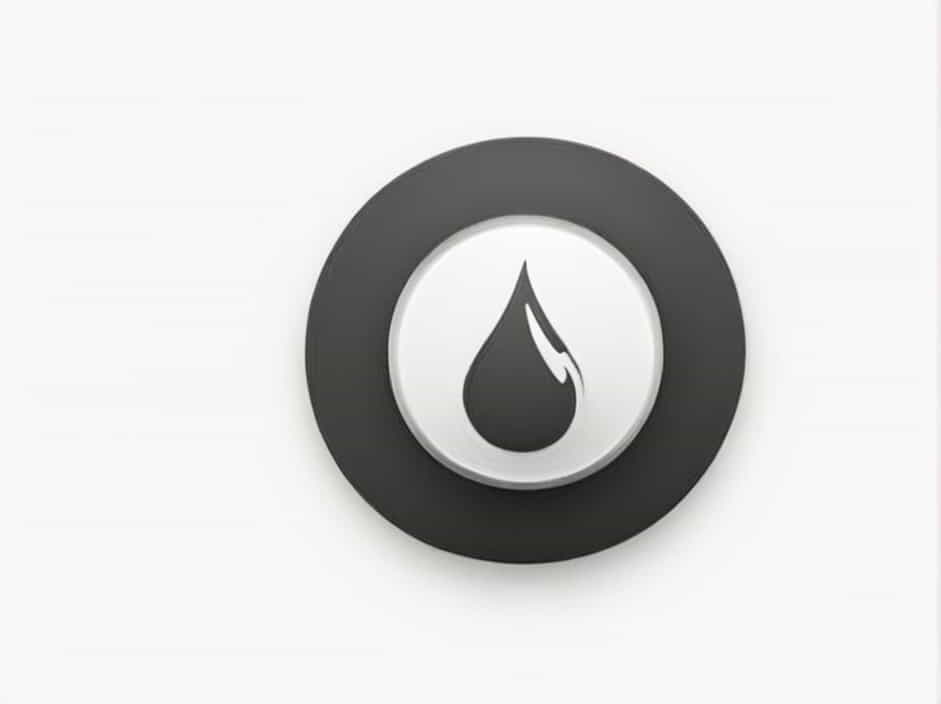The term “fertilize” is widely used in agriculture, biology, and reproduction. It refers to the process of making something more productive, healthy, or capable of growth. This can involve adding nutrients to soil, enabling plant growth, or facilitating the reproductive process in animals and humans.
Understanding fertilization is essential in farming, gardening, and biological sciences. This topic explores the meaning, importance, and different applications of fertilization in nature and human activities.
Definition of Fertilize
The word “fertilize” comes from the Latin word “fertilis,” which means fruitful or productive. In simple terms, to fertilize means:
- In agriculture – To enrich soil with nutrients for better plant growth.
- In reproduction – To combine male and female reproductive cells, leading to the formation of new life.
- In general usage – To enhance, nourish, or improve something to help it develop.
Fertilization in Agriculture
1. What Does It Mean to Fertilize Soil?
Fertilizing soil means adding essential nutrients to help plants grow stronger, healthier, and more productive. This is done using natural or synthetic fertilizers, which provide necessary elements like:
- Nitrogen (N) – Encourages leafy plant growth.
- Phosphorus (P) – Supports root development and flowering.
- Potassium (K) – Improves plant resistance to diseases and harsh weather.
2. Types of Fertilizers
There are two main categories of fertilizers:
a) Organic Fertilizers
These are natural and come from plants, animals, or minerals. Examples include:
- Compost – Decomposed plant matter that enriches soil.
- Manure – Animal waste that adds nutrients.
- Bone meal – Crushed animal bones, high in phosphorus.
b) Synthetic Fertilizers
These are manufactured fertilizers that provide specific nutrients quickly. Examples include:
- Ammonium nitrate – A nitrogen-rich fertilizer.
- Superphosphate – Supplies phosphorus for root growth.
- Potash – Contains potassium to strengthen plants.
3. Benefits of Fertilizing Soil
Fertilization is essential for:
- Boosting crop yields – Farmers get more produce from healthy plants.
- Improving soil fertility – Nutrient-rich soil supports long-term farming.
- Enhancing plant health – Stronger plants resist diseases and pests.
4. Risks of Over-Fertilization
While fertilizing is beneficial, too much can cause problems such as:
- Soil degradation – Excess chemicals reduce soil quality.
- Water pollution – Runoff from fertilizers contaminates rivers and lakes.
- Plant damage – Over-fertilization can burn roots and stunt growth.
Fertilization in Biology and Reproduction
1. What Is Biological Fertilization?
In biology and reproduction, fertilization is the process where male and female reproductive cells combine to create new life. It occurs in:
- Humans and animals – Sperm fertilizes an egg to form an embryo.
- Plants – Pollen fertilizes ovules to produce seeds.
2. The Process of Fertilization in Humans and Animals
Fertilization in animals involves several key steps:
- Sperm production – Males produce sperm in the testes.
- Egg release (ovulation) – Females release an egg from the ovary.
- Sperm-egg interaction – Sperm travels to the egg for fusion.
- Zygote formation – The fertilized egg develops into an embryo.
This process is essential for reproduction and genetic inheritance.
3. Fertilization in Plants
Plant fertilization follows a different process:
- Pollen transfer – Wind, insects, or animals carry pollen from one flower to another.
- Pollen tube formation – The pollen grain forms a tube to reach the ovule.
- Fusion of reproductive cells – Male and female plant cells combine, forming a seed.
This is how fruits, vegetables, and flowers develop.
Fertilization in Aquatic Life
1. External vs. Internal Fertilization
Many aquatic organisms, such as fish and amphibians, rely on external fertilization, where sperm and eggs meet in water. Others, like whales and dolphins, use internal fertilization, similar to mammals.
2. Importance of Fertilization in Marine Ecosystems
Fertilization ensures the survival of many marine species, contributing to biodiversity and ecological balance.
The Role of Fertilization in Everyday Life
1. Gardening and Landscaping
Home gardeners use fertilizers to:
- Keep lawns green
- Encourage flower growth
- Improve vegetable production
Using the right fertilizer can transform a garden into a healthy and vibrant space.
2. Environmental Impact
While fertilization is crucial, responsible usage is necessary to prevent:
- Soil erosion
- Chemical contamination
- Harm to wildlife
Sustainable farming practices help balance productivity and environmental protection.
Common Misconceptions About Fertilization
1. “Fertilization Is Only for Plants”
False! Fertilization happens in all living organisms, including animals, humans, and marine life.
2. “More Fertilizer Means Better Growth”
Not always. Overuse can damage plants, harm soil, and pollute water sources.
3. “Organic Fertilizers Work Slower”
While organic fertilizers break down gradually, they improve long-term soil health.
The concept of fertilization is vital in agriculture, biology, and reproduction. Whether enhancing soil for plant growth or enabling new life through reproduction, fertilization plays a crucial role in nature and human life.
Understanding the different methods, benefits, and challenges of fertilization helps us make informed choices in farming, gardening, and ecological conservation. By using sustainable fertilization practices, we can support healthy growth while protecting the environment.
